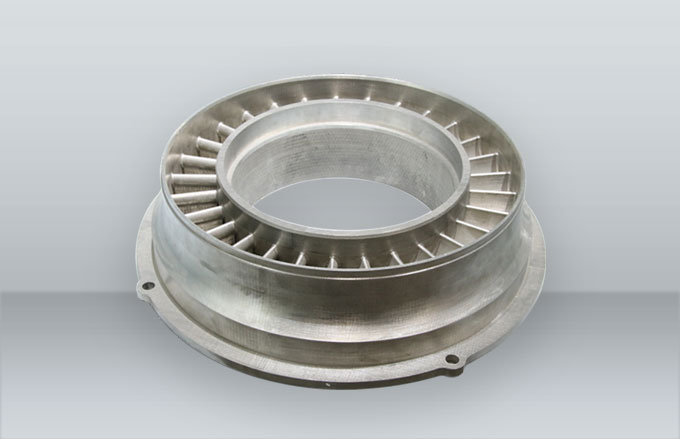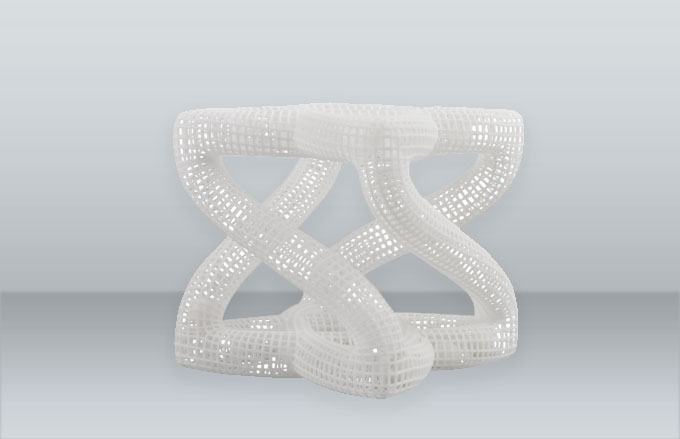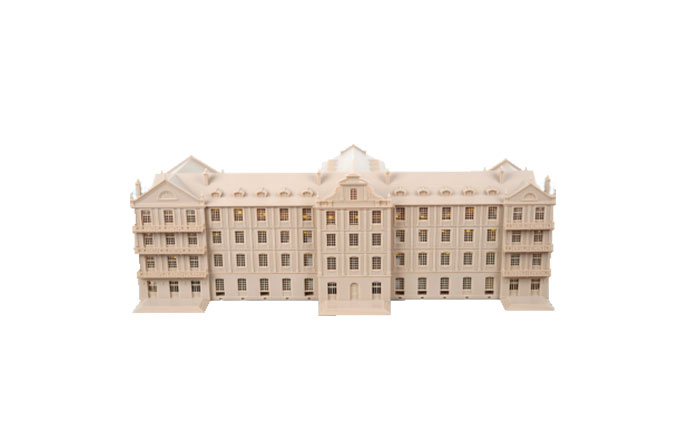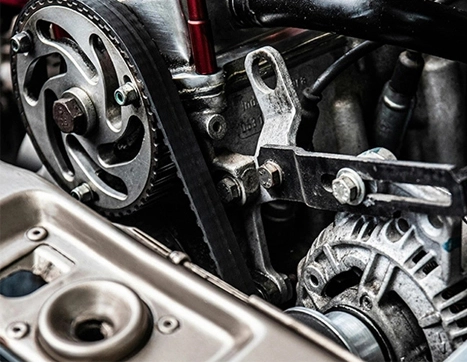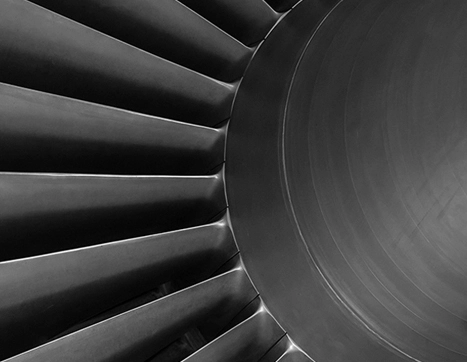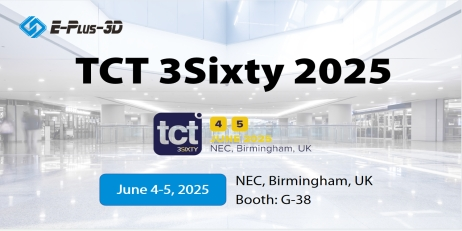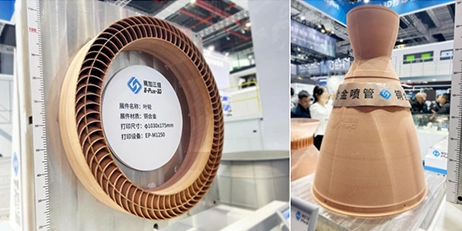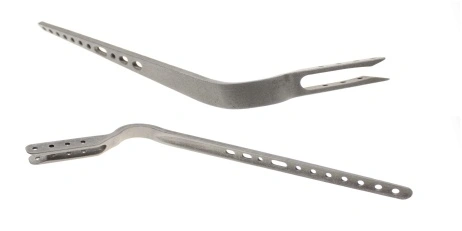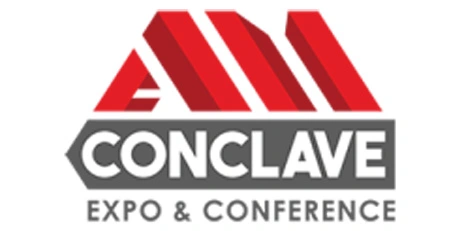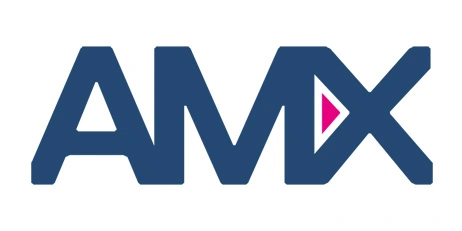Quantification And Certification Of Additive Manufacturing Materials And Processes
Additive Manufacturing (AM) technologies, with their utilization of 3D models for layer-by-layer part fabrication, have the potential to revolutionize and perhaps disrupt conventional manufacturing practices. Yet, their widespread use in product development is hindered by poor reliability and repeatability pertaining to part quality and part performance, especially where large-sized parts or large-sized volumes are required. By addressing technical issues such as measurement methods, performance metrics, and lack of AM-specific standards, the qualification and certification (QC) of AM parts becomes less challenging. This chapter explores the issue of QC of AM by introducing the process for conventionally manufactured products and comparatively discussing the challenges and barriers to QC associated with additively manufactured parts. Current approaches to the QC pathway and a review of research and development efforts leading to a better understanding of AM materials, processes, and parts—ultimately in support of and leading to improved QC standards and pathways—are also presented.


